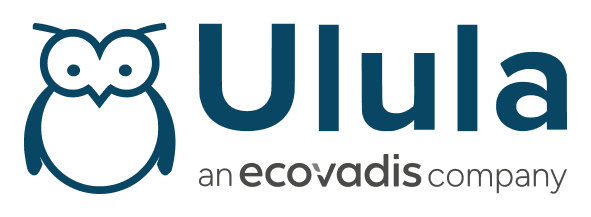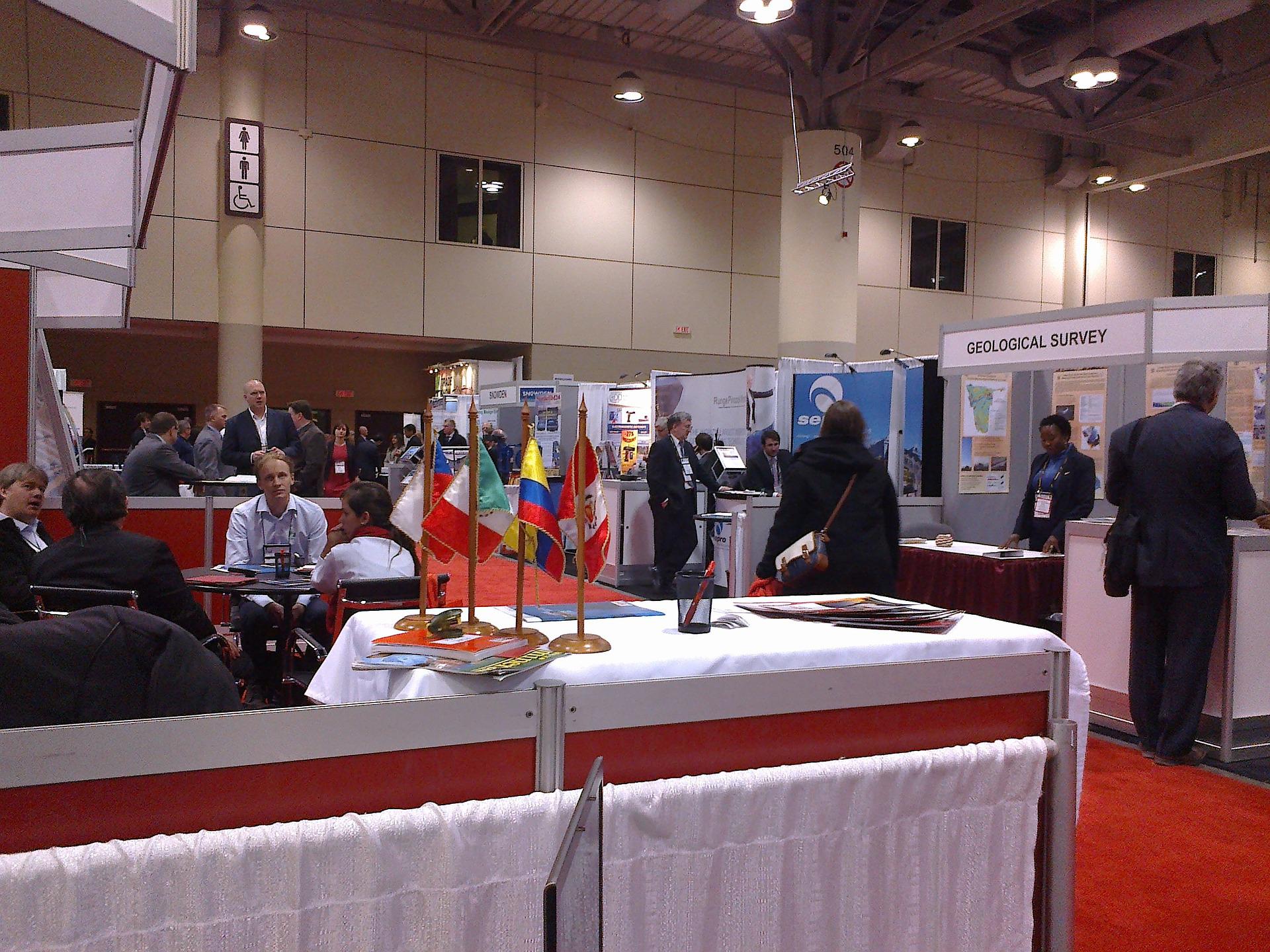On June 13, 2022, the Prospectors & Developers Association of Canada (PDAC) kicked off the world’s leading annual mining convention bringing together governments, companies and organizations connected to mineral exploration for 3 days in Toronto. PDAC welcomed 17,000 attendees this year for their first in-person event since March 2020.
Andres Fernandez, representing Ulula, attended the convention to connect with organizations in the mining sector and learn about industry trends. Conversations with key representatives from the mining sector revealed the increasing importance of community engagement in organizational strategies as well as the challenges companies are facing in implementing stakeholder engagement programs in key operating regions. This year’s convention boasted an impressive representation of individuals dedicated to community relations and ESG management in the sector, reinforcing the sector’s commitment to enhancing efforts in these areas.
Here are Andres’ key takeaways from PDAC 2022:
Two-way grievance management systems can improve dialogue and strengthen relationships between mining companies and local communities
Many discussions regarding community and stakeholder engagement were anchored around the need to provide scalable, collaborative, and effective grievance management systems and community surveys. While many organizations have adopted diverse ways to provide on the ground feedback systems, uptake and case handling prove to be a challenge.
The pressure to implement effective systems is not surprising as emerging human rights due diligence legislations around the world list implementing grievance mechanisms as a business requirement to ensure that workers and stakeholders affected by company operations have safe, accessible and anonymous channels to report risks. Stakeholder engagement technologies, including digital grievance mechanisms, offer mining companies a streamlined and automated way to engage with their workforce and local communities directly and anonymously to collect high volumes of data on worker and community perception of social and environmental impacts and engage in dialogue with stakeholders to consult or get more information on risks and impacts that have been identified.
Digital solutions also help facilitate frequent touch points between community members and company management and support building long-term collaborative relationships where communities’ voices are integrated in strategic planning.
Implementing stakeholder engagement programs come with a variety of challenges
Stakeholder engagement programs help companies get a clear understanding of stakeholder groups and their needs. Increasingly, companies understand that the risk of not properly capturing the sentiments of a representative population group can result in social unrest in the forms of protests, strikes and road blockages that can disrupt mining operations.
Despite efforts and investment to implement strategic engagement programs and systems, the following challenges were identified:
- There’s a dependency on the internet and online devices to engage communities even though many stakeholders are located in remote areas where there’s limited or no network connectivity, highlighting the need for offline communication channels
- Sites with available phone lines to submit concerns experience low adoption rates, largely due to poor socialization of stakeholder engagement programs
- Many of the current methods do not guarantee anonymous two-way communication
- Physical suggestion boxes continue to be prevalent across many sites but have low uptake due to risks of stakeholders’ identities being compromised
- Dependency on engaging with community leaders whose feedback and perception do not always represent the ideas and concerns of the entire community.
There were several engaging discussions on how digital solutions and offline channels can help gather more community sentiment data to help mining companies better understand the needs of their stakeholders and mitigate on the ground risk.
Visibility into site operations and community perceptions can be difficult to achieve
Visibility into on the ground community concerns continues to be a priority but mining companies with remote operations still struggle to get a complete picture of how their operations are impacting the local environment and nearby communities’ quality of life. Despite this, companies remain liable for any adverse environmental and social impacts, reinforcing the importance of proactively monitoring environmental and social impacts to ensure companies identify risks before they become material.
As companies look to improve visibility into potential risks, digital solutions are increasingly being considered to enhance existing measures by quickly gathering additional data and insights into what is happening on the ground.
After two years of virtual conferences, the in-person convention was a great opportunity to engage in meaningful dialogue with professionals in the mining sector. While we would have liked to see more sessions dedicated to community engagement, it is apparent that the corporate agenda is shifting to prioritize proactive risk mitigation and better understanding of the impact of mining operations on the local environment and communities.
We look forward to engaging in productive post-PDAC discussions. If you would like to learn more about our takeaways and how Ulula can support community engagement, please get in touch with us here.

